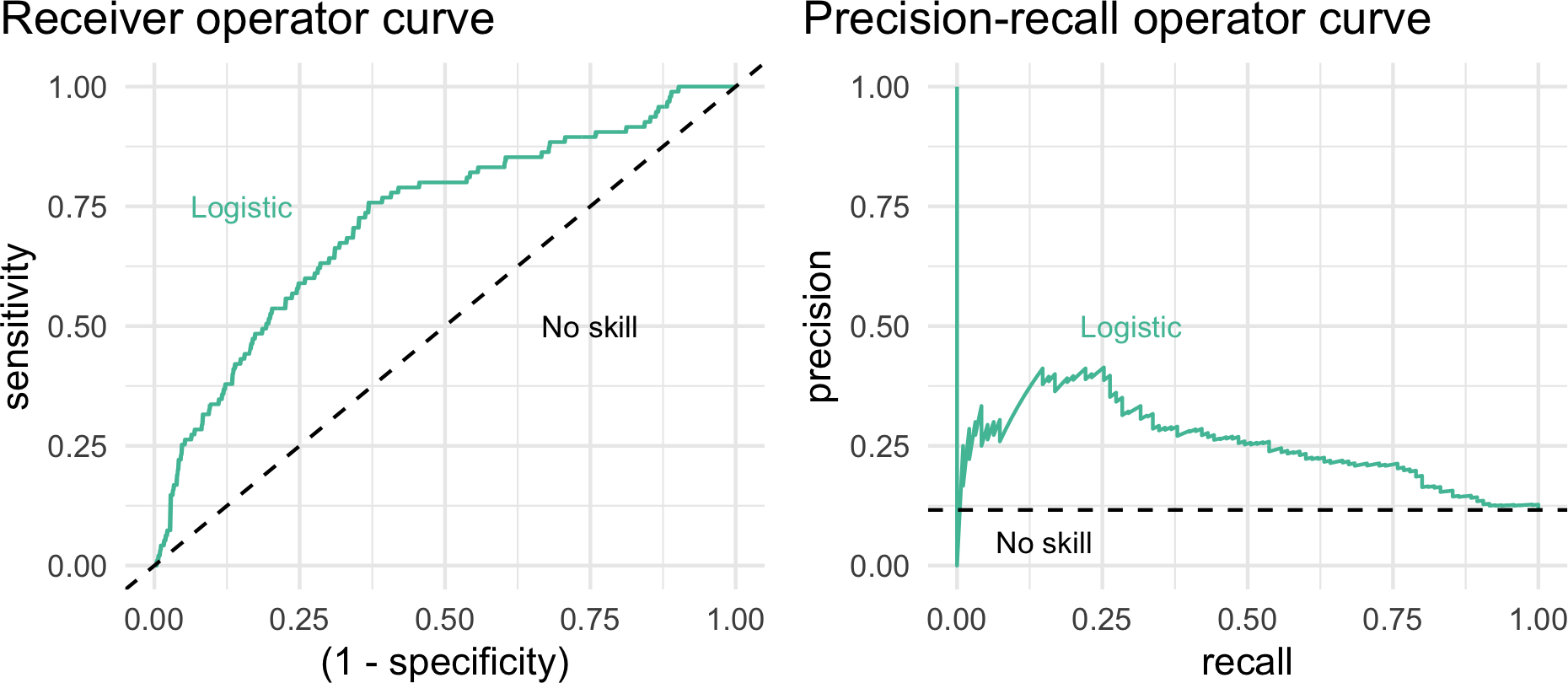A starting point of many digital health interventions informed by the Stages of Change Model of behavior change (Prochaska and DiClemente 1983; Norcross, Krebs, and Prochaska 2011) is assessing a person’s readiness to change. In this new pre-print we use the concept of readiness to develop and validate a prediction model of health seeking behavior in the context of family planning.
We conducted a secondary analysis of routinely collected, anonymized health data submitted by 4,088 female users of askNivi in Kenya. We developed a prediction model of (future) self-reported action by splitting the data into training and test data sets and further split the training data into 10 folds for cross-validating the hyperparameter tuning step in model selection. We fit nine different classification models and selected the model that maximized the area under the receiver operator curve. We then fit the selected model to the full training dataset and evaluated the performance of this model on the holdout test data.
The model predicts who will visit a family planning provider in the future with high precision (0.93) and moderate recall (0.75). Using the Stages of Change framework, we concluded that 29 percent of women were in the “Preparation” stage, 21 percent were in the “Contemplation” stage, and 50 percent were in the "Pre-Contemplation stage.

Figure 1: Performance of the trained model of action on the unseen test data (N=817).
We demonstrate that it is possible to accurately predict future healthcare seeking behavior based on information learned during the initial encounter. Models like this may help intervention developers to tailor strategies and content in real-time.
Pre-print
Green, E., Ph.D., Pradheep, S., Heinzelman, J., Nyanchoka, A., Achieng, D., Goyal, S., … Bellows, B. (2020, December 4). Predicting healthcare seeking behavior based on stated readiness to act: Development and validation of a prediction model. Retrieved from http://osf.io/9pazf.
DOI: 10.31219/osf.io/9pazf
Norcross, John C, Paul M Krebs, and James O Prochaska. 2011. “Stages of Change.” Journal of Clinical Psychology 67 (2): 143–54.
Prochaska, James O, and Carlo C DiClemente. 1983. “Stages and Processes of Self-Change of Smoking: Toward an Integrative Model of Change.” Journal of Consulting and Clinical Psychology 51 (3): 390.